Travel South: Outside artist moves from Venice Beach to Hendersonville
By Hollie Deese
Photography by Julia Steele
Despite his vintage Western vibe, Mark Hobley doesn’t exactly look like he’s from around here. But if you’ve never met him before, and he says that you’ll know who he is you see him, believe him.
Though he has been creative since day one, art wasn’t exactly encouraged by his Arizona sheriff father in their Mormon household. But that household ended up being the perfect breeding ground for a mostly self-taught rebel artist, the oldest of six kids whose teachers submitted his art to contests – which he kept winning. And he found validation and encouragement from outside his home, as people kept buying his watercolors.
Hobley moved to L.A. until he was almost 30, and it was there he really perfected an idea he started in Arizona — the grid. He and his art gang would ride around in a chopped-up 1973 Cadillac looking for hand-painted signs. He would then, ahem, appropriate them and chop them into 8- x 10-inch squares to form a deconstructed quilt pattern.
“It was all about being like a quilt because quilts are like a genealogical history of the family,” he says. “And then, of course, my heroes Rauschenberg and Warhol — they were all sort of grid-like, especially Warhol. But the country boy in me knew about quilts, and then I saw it so techy and so rock-and-roll in U2. And it just kind of did this thing in my head.”
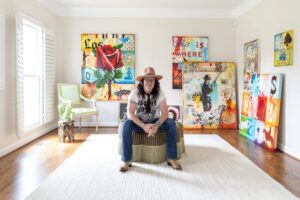 Hobley furnished a new restaurant with five grid paintings, but when things went south he grabbed the paintings, threw them in a van and took them to a shop called Civilization, located in the heart of all the television studios (including Warner Brothers and Fox). He left them on the loading dock for the owner to check out later, and when he came back they had all already been sold to Marta Kauffman — creator of “Friends.”
Hobley furnished a new restaurant with five grid paintings, but when things went south he grabbed the paintings, threw them in a van and took them to a shop called Civilization, located in the heart of all the television studios (including Warner Brothers and Fox). He left them on the loading dock for the owner to check out later, and when he came back they had all already been sold to Marta Kauffman — creator of “Friends.”
Soon his work was hanging in the smash show’s Central Perk “coffee shop,” as well as on other sets like “Ally McBeal” and “Two Guys, A Girl, and a Pizza Joint.” Then a huge piece was used in the apartment of “Dharma and Greg,” and suddenly he had the kind of cache his mom could brag to her friends about. A-list stars became collectors, including Brad Pitt, Weird Al Yankovic, Natalie Maines and Marie Osmond.
Meanwhile he was raising his daughter Shane by himself, so spring breaks and weekends meant buckling her in the passenger seat of the cargo van and taking off to sell art in San Francisco and San Jose.
“She definitely got the connect between hustle and talent,” he says. “The kid could read a map when she was eight. She was the copilot. It was very ‘Paper Moon.’”
A change in perception
Eventually they settled in Venice, in a 1920s bungalow with a studio out back where he thought he would live forever. Then the tech companies took over, rent went up and all the funky mom-and-pop shops moved out. Then, the economy imploded and people stopped buying art.
“As soon as Dennis Hopper passed away, the whole place went to shit,” Hobley says. “2010 just cut me off at the ankles.”
He admits he got a little lost after that, until he immersed himself in yoga.
“That kind of shifted my perception,” he says. “I discovered kindness again.”
Then last May, Hobley and his daughter left California behind. “I just wanted a better life,” he says.
 Drawn to Hendersonville’s history of housing outlaws — Hobley calls it “the Malibu of Nashville” — he bought two houses, one for him and one nearby for Shane.
Drawn to Hendersonville’s history of housing outlaws — Hobley calls it “the Malibu of Nashville” — he bought two houses, one for him and one nearby for Shane.
Now he is embracing the area’s openness and kindness and letting the surroundings inspire him, already collaborating with local artists like Elizabeth Summar Curtis, who creates colorful barn quilts.
“She is purely authentic,” he says. “She has no clue about the current market. But she’s compelled, and she’s done hundreds of them. I don’t think she even knows why.”
Life in Tennessee feels easy, he says, and his art is a little more PG than it was in L.A., possibly inspired by what he likens to the idyllic nature of being trapped in a John Cougar Mellencamp video 24/7.
“It’s fucking wholesome,” he says. “It’s patriotic. It’s kind of cool. I like the food. I like the culture. And I didn’t have to switch my wardrobe up one bit — my ’70s Western-wear fetish? Nobody even blinks at it here.”
At home in Hendersonville
Almost every room in his home has a record player, and pieces from Southeastern Salvage mix with Home Goods. The cowhide table he bought from some Navajo Indians back in the ’80s and has been the one thing he has dragged with him place to place. And of course, art is everywhere.
The dining room is filled with paintings he’s collected: a silk-screen bullwhip girl of his own, a collaboration with graffiti muralist Jules Muck, an oil painting of Barbie from Judy Ragali, a digitized Mr. T from Erick Laubach and a small piece from Robert Palacios.
Upstairs, outside the room where Hobley does his watercolors, a fiberglass bunny that once graced an old miniature golf course holds court in the hallway. A Jonathan Adler lamp featuring a repeat breast pattern sits on a table next to a couch that looks straight out of the ’60s. It’s all a dash of Liberace with a little bit of Scarface simmering with Dolly Parton and Elvis undertones.
“I’m here for something different,” Hobley says. “I came here because my work is so influenced by music. I want some of that Southern mud. I want to absorb that shit. I want to come here and get greasy and see what comes out of me.”

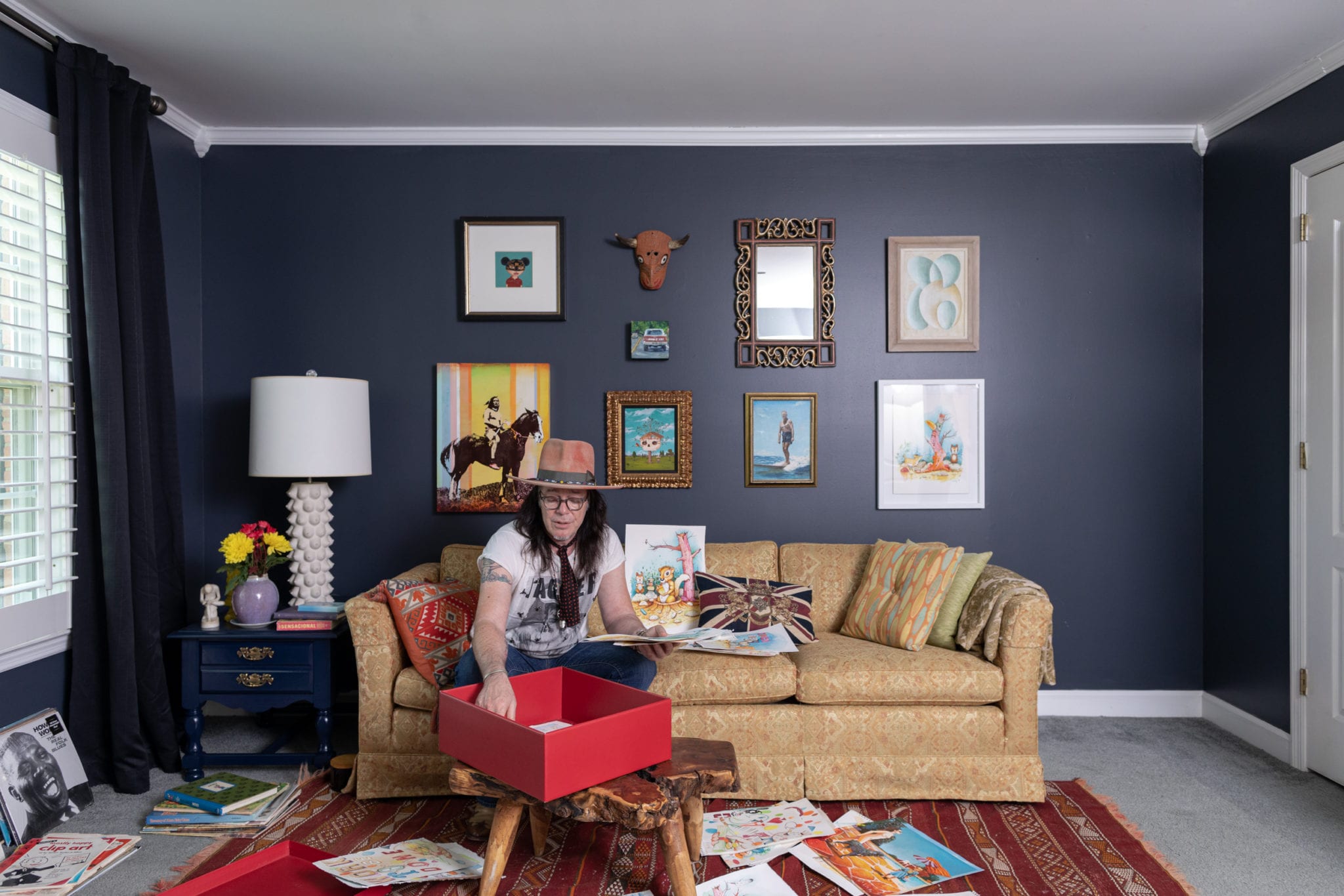

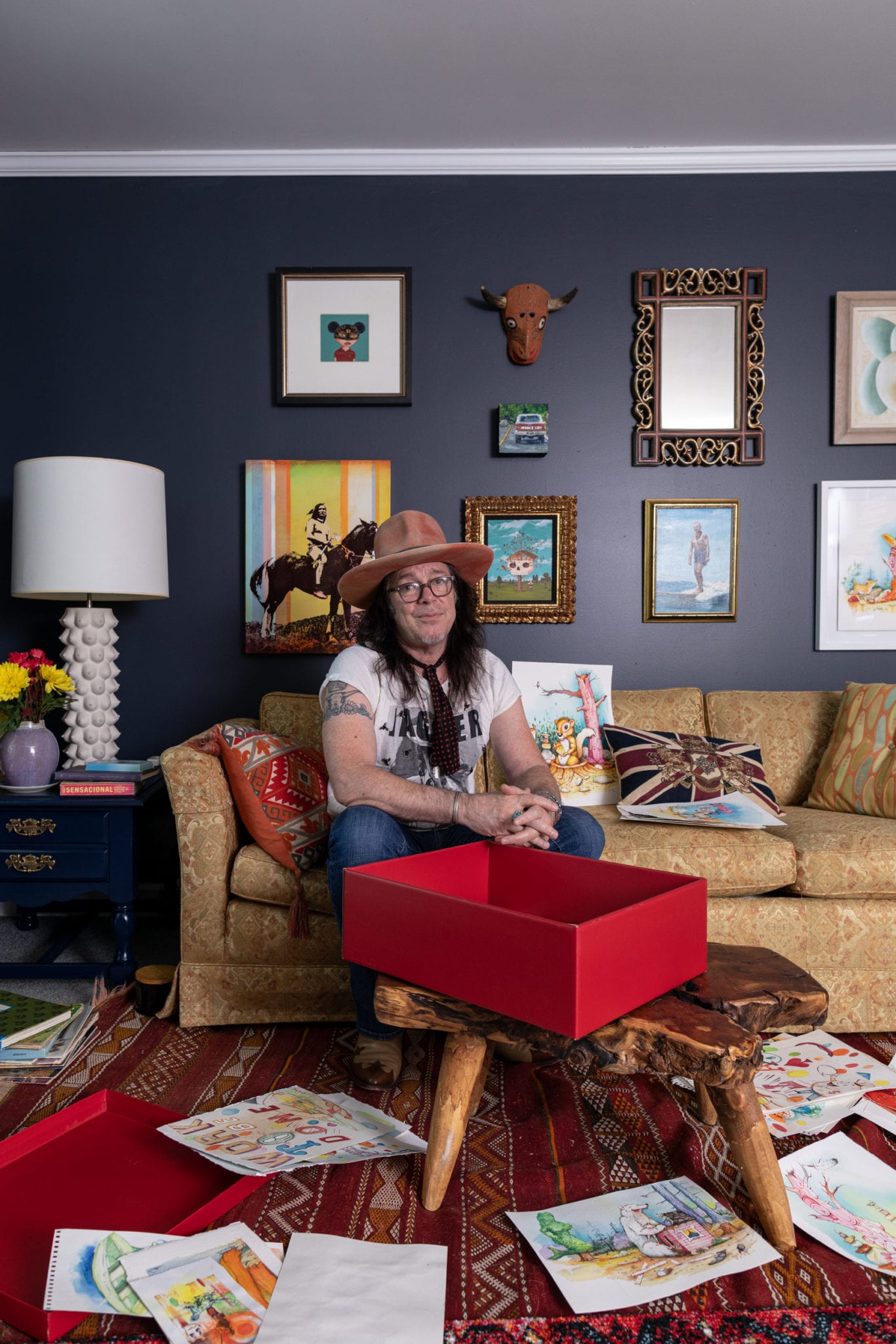
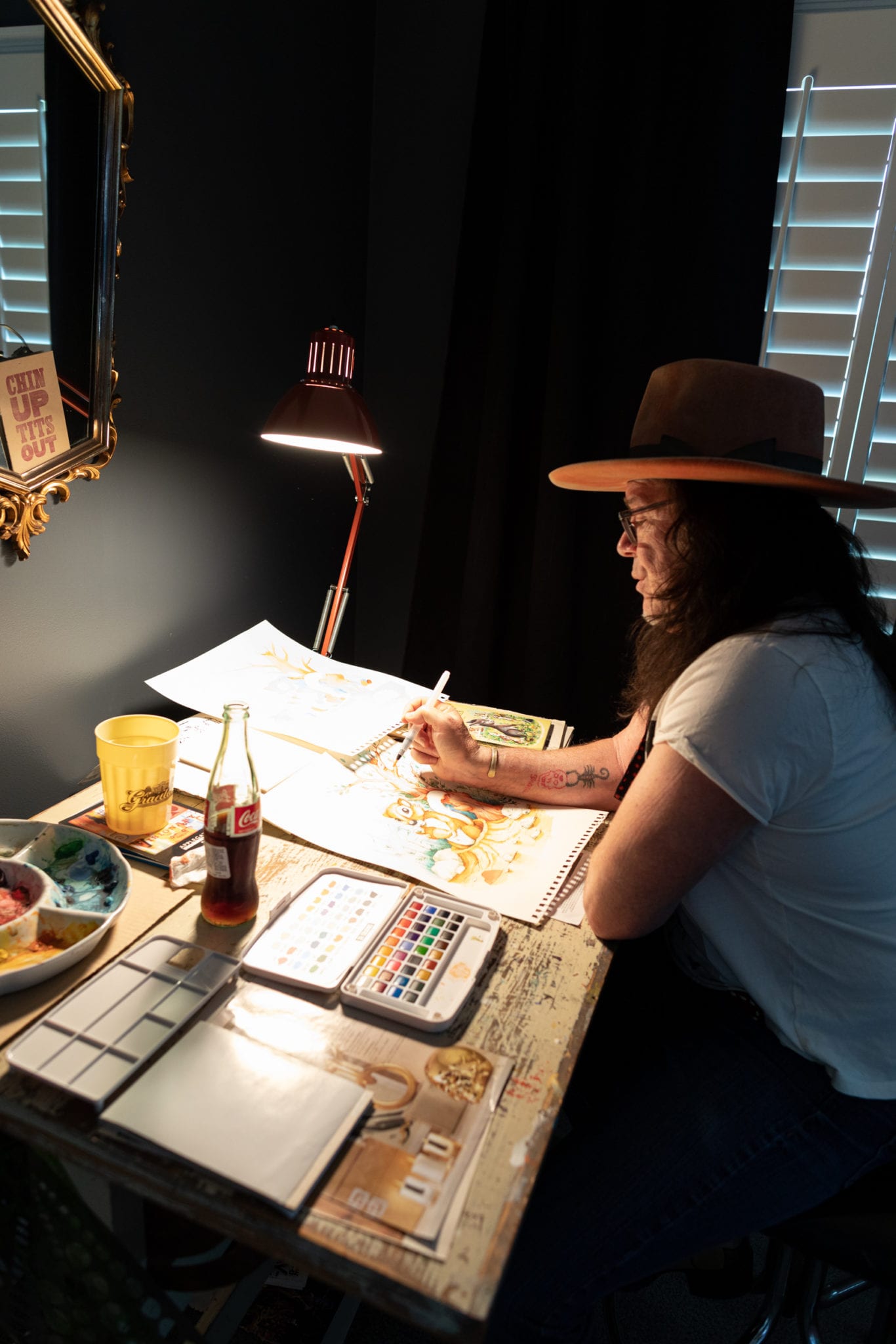

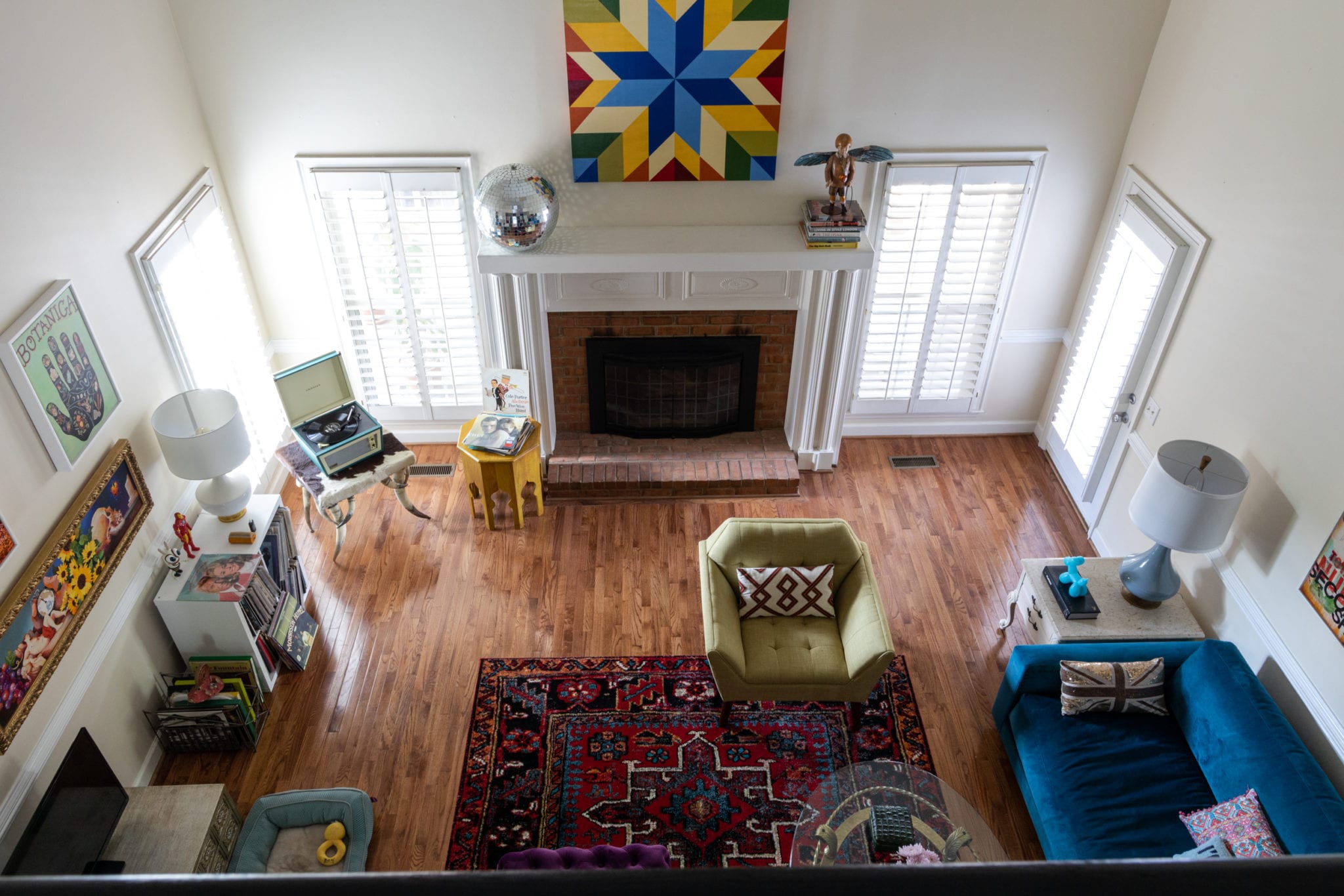
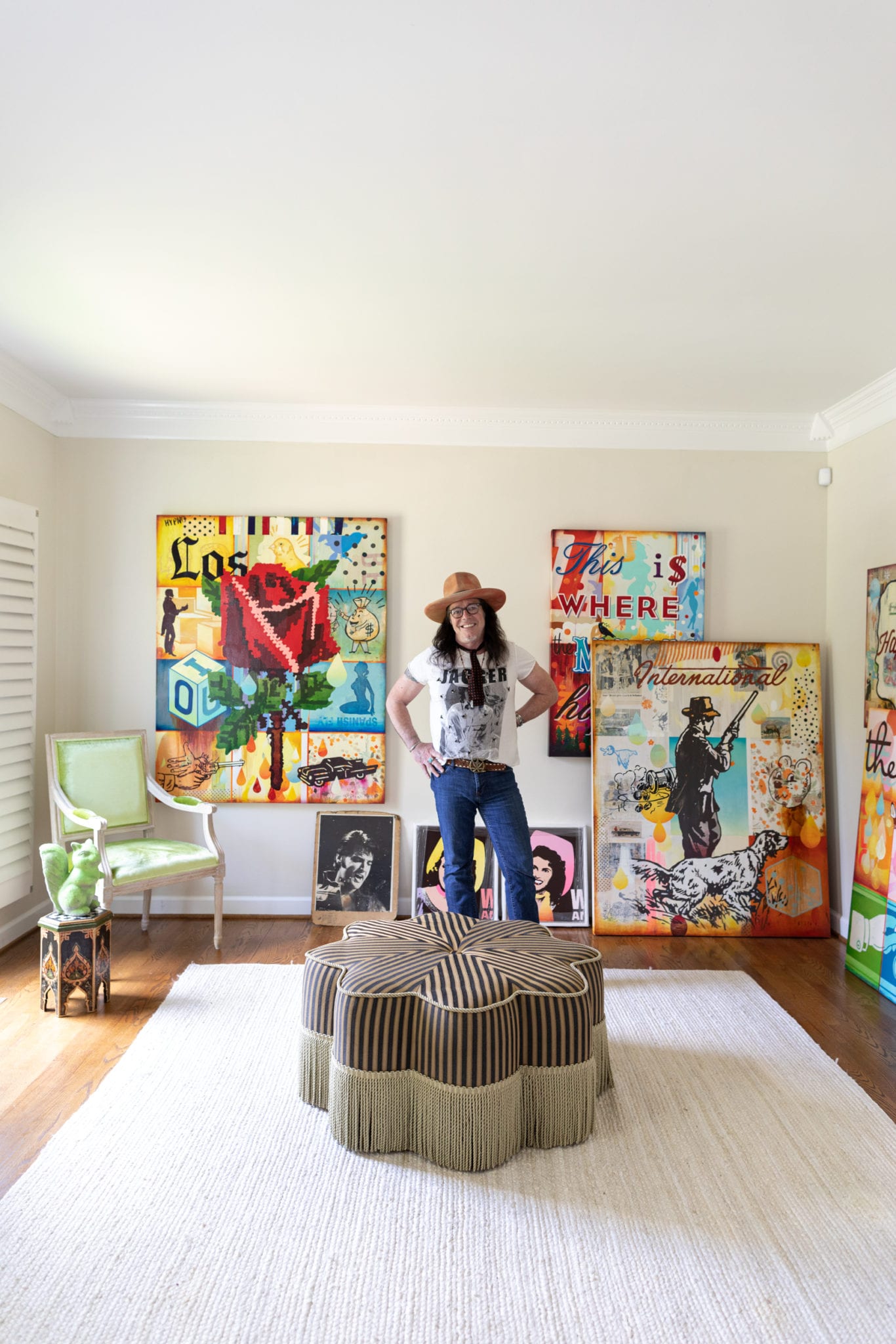

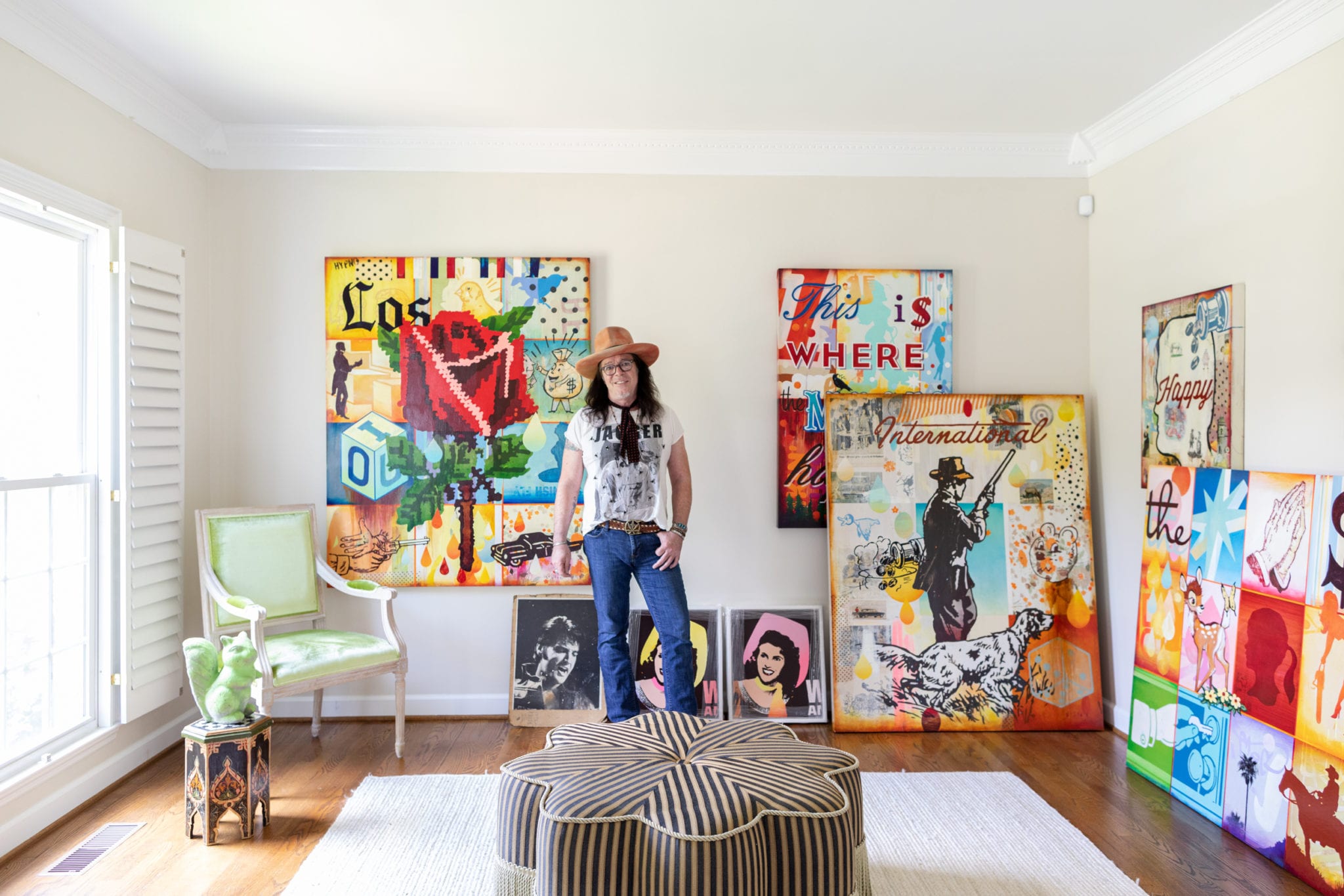
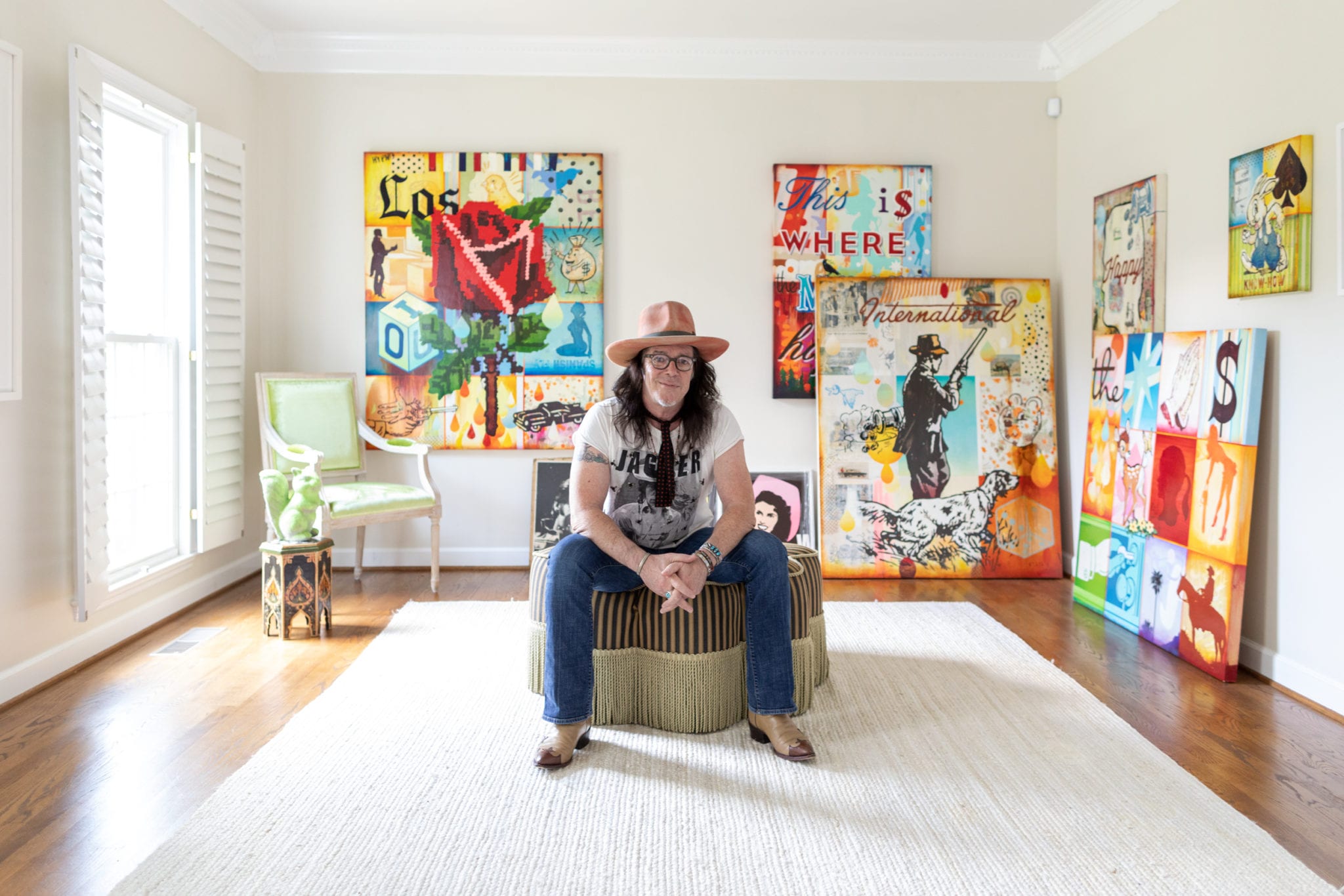
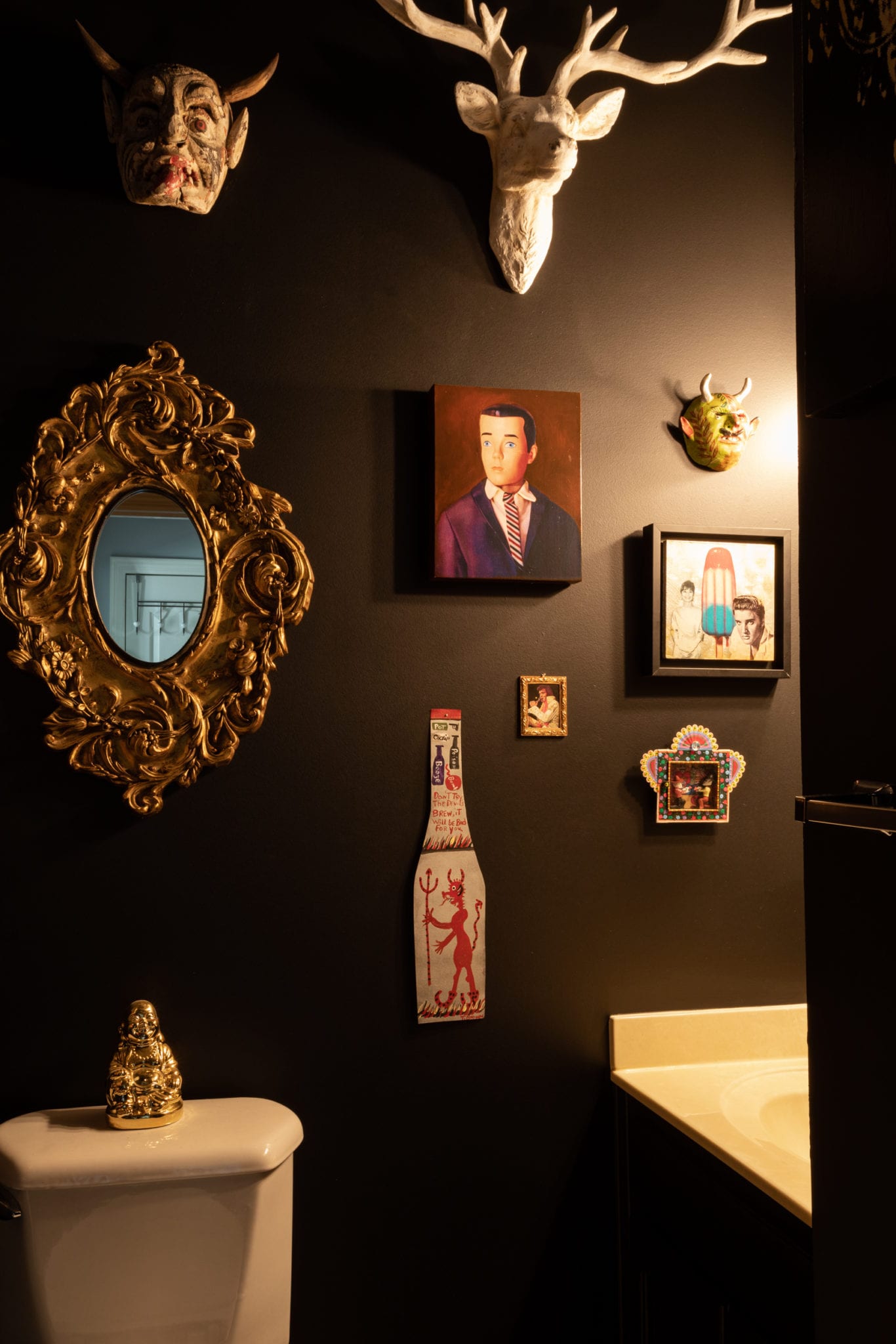
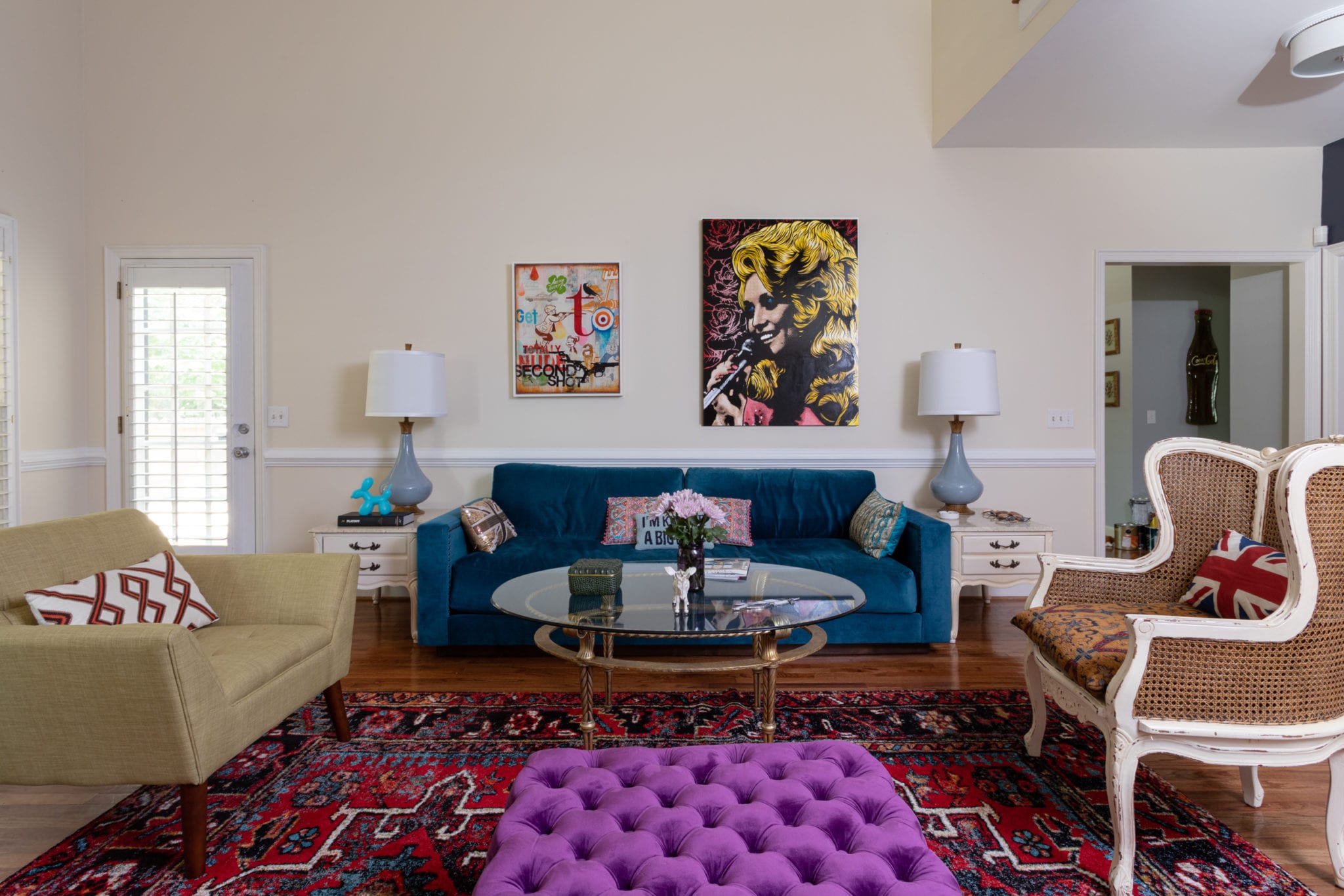
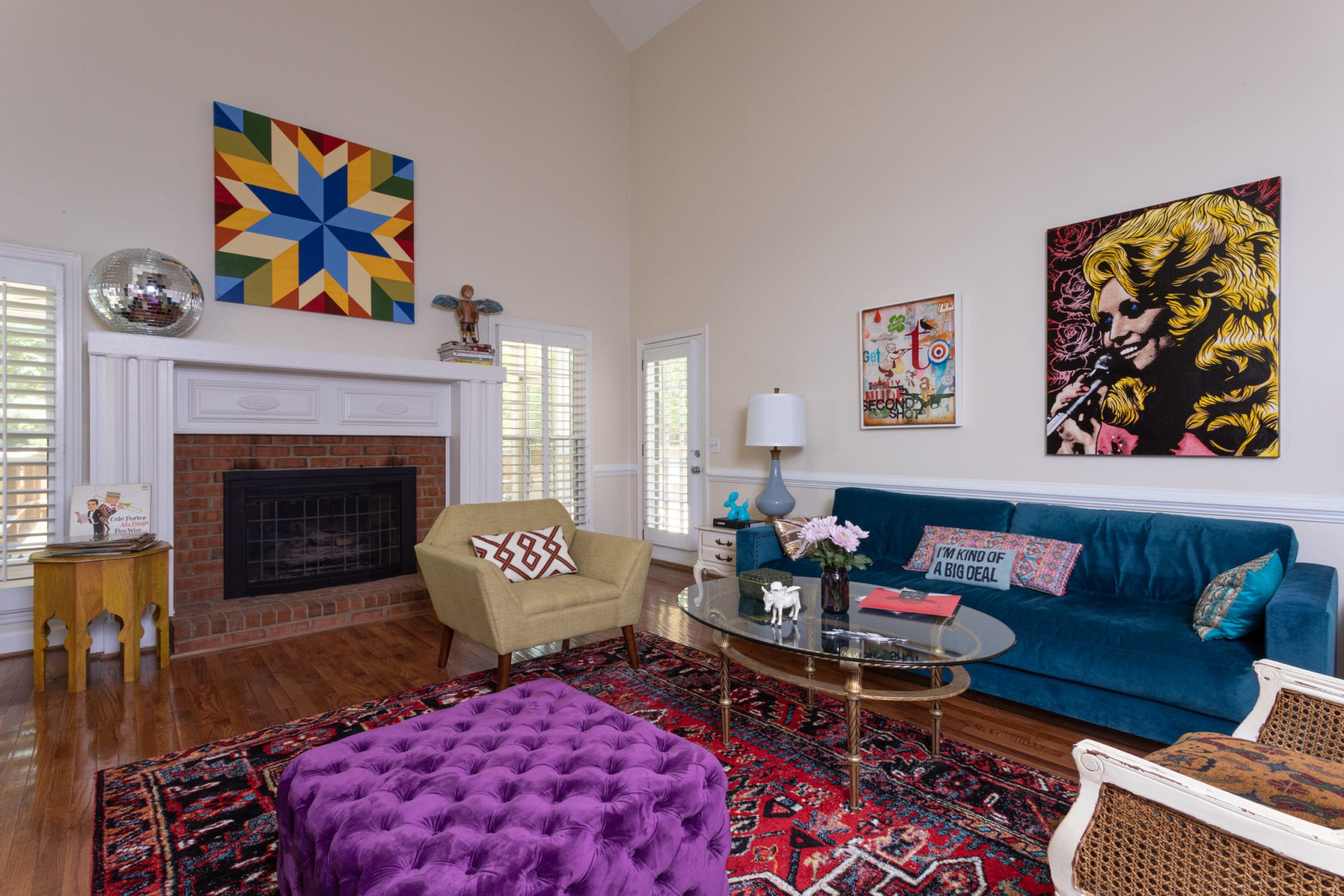
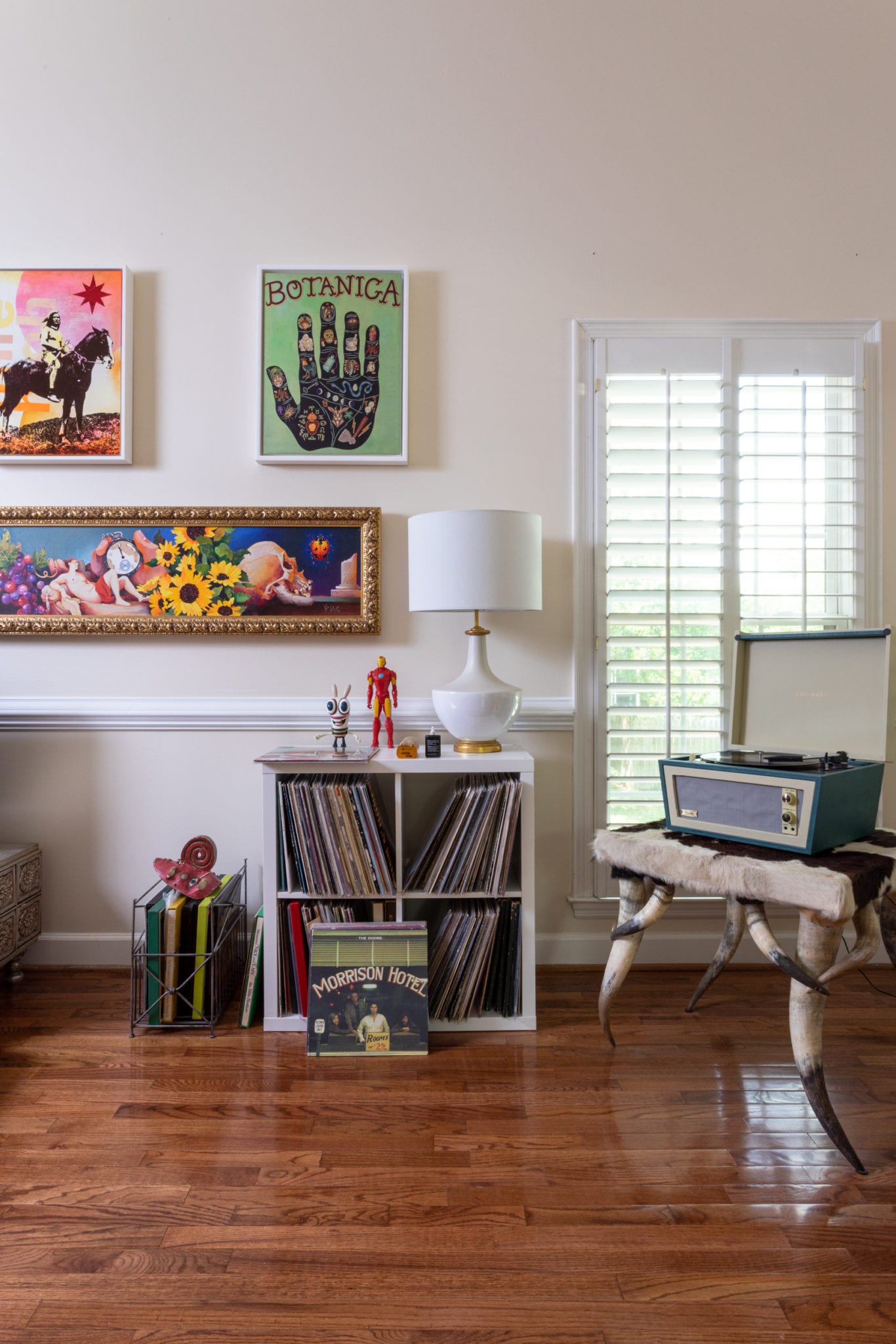
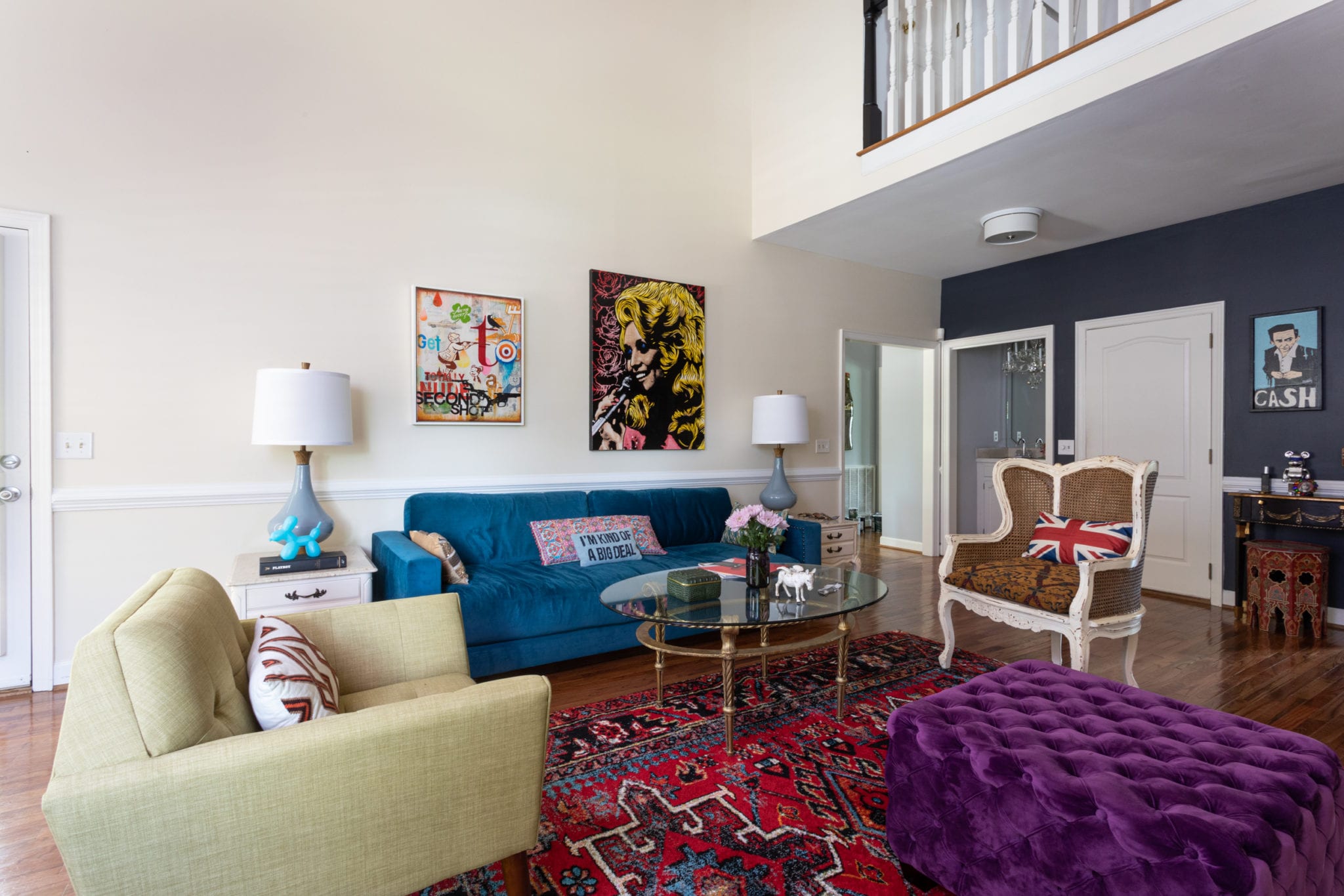
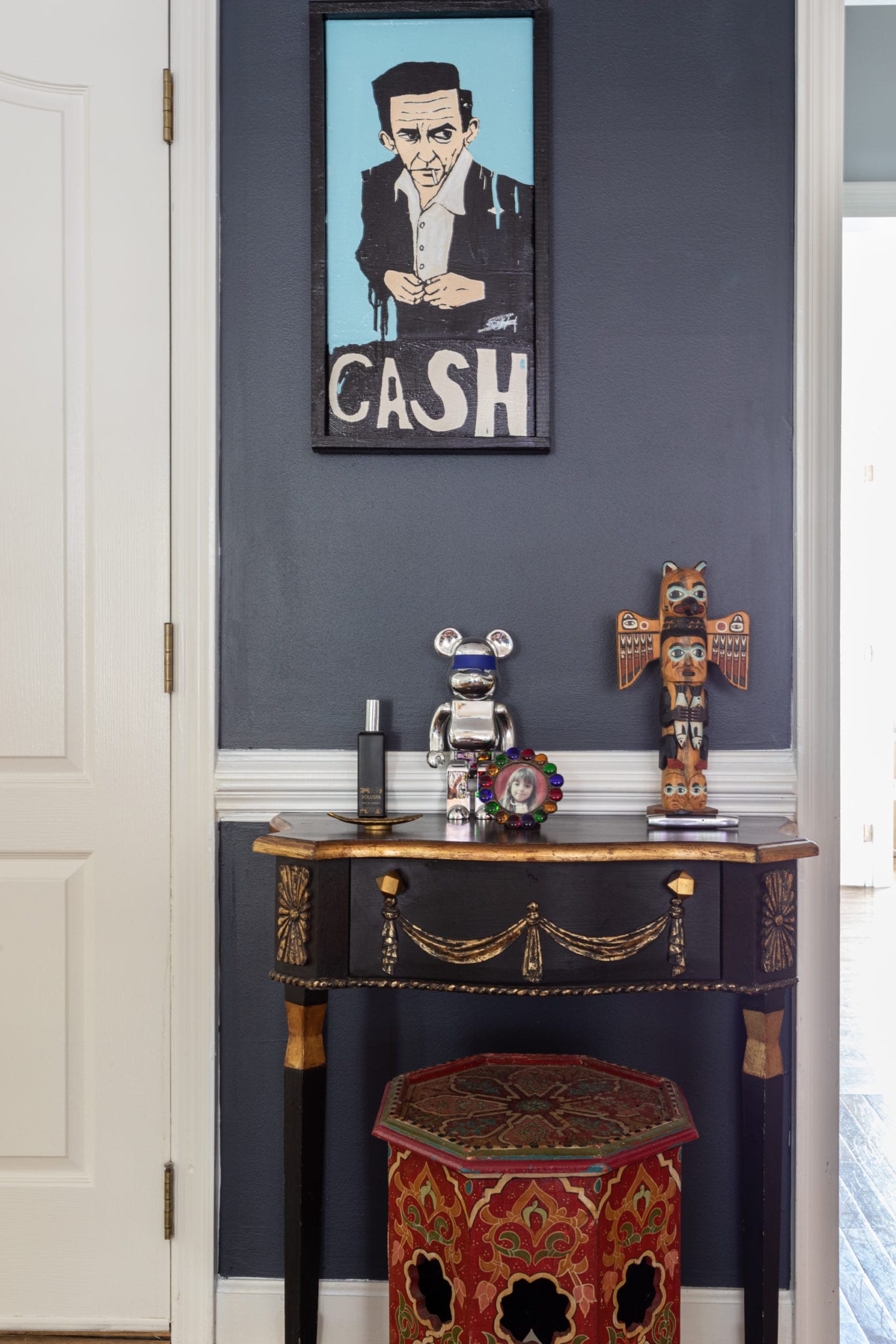
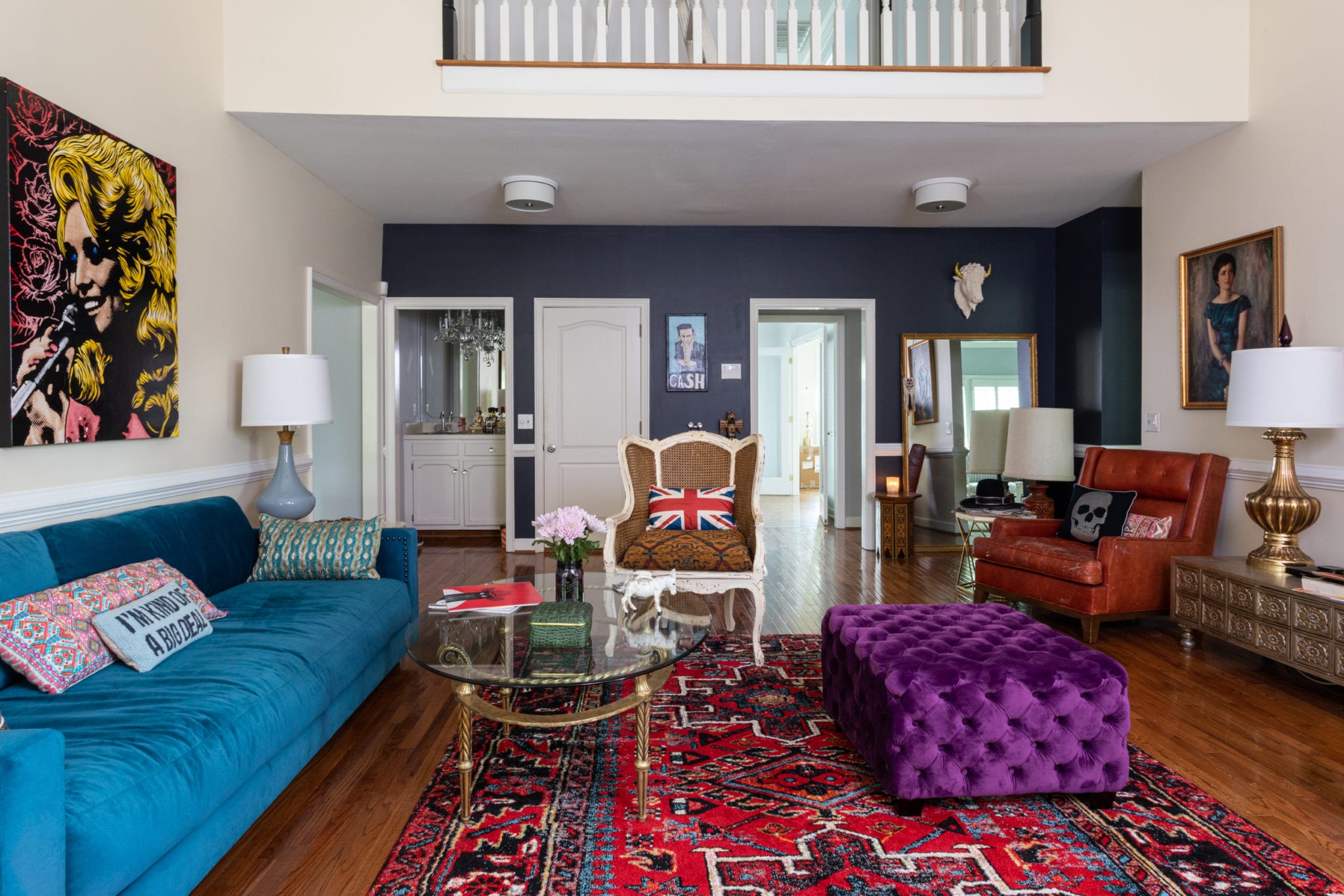
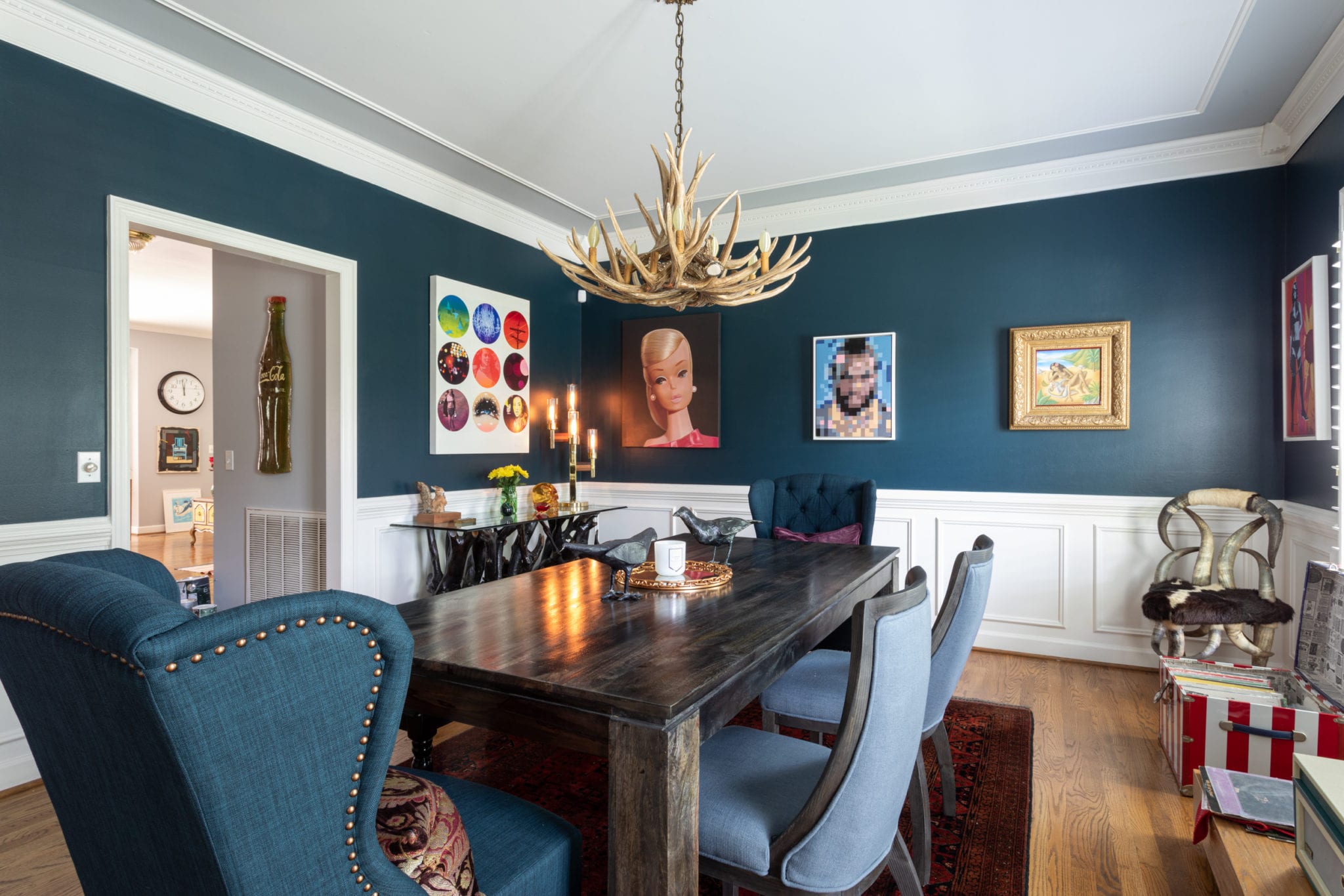
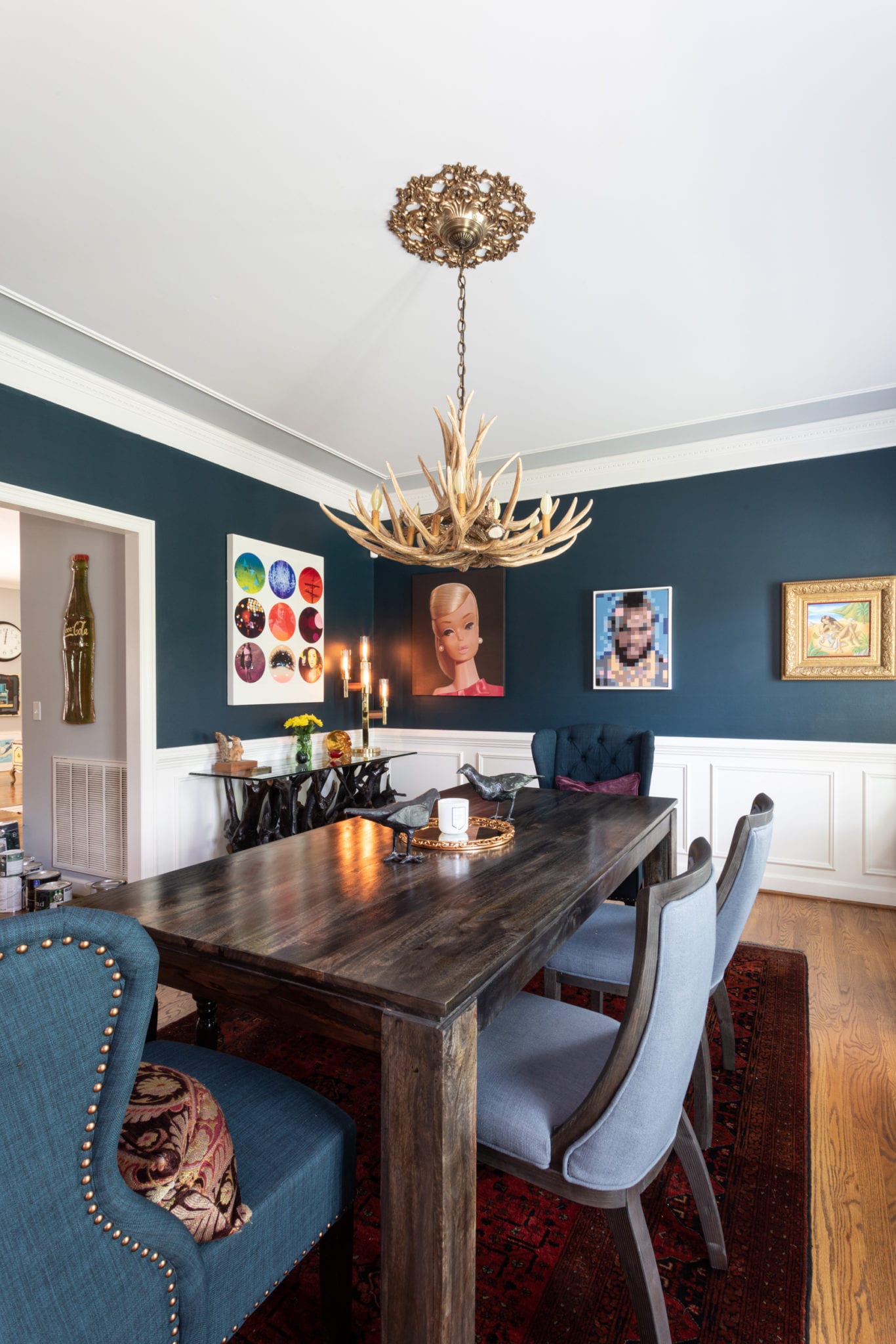
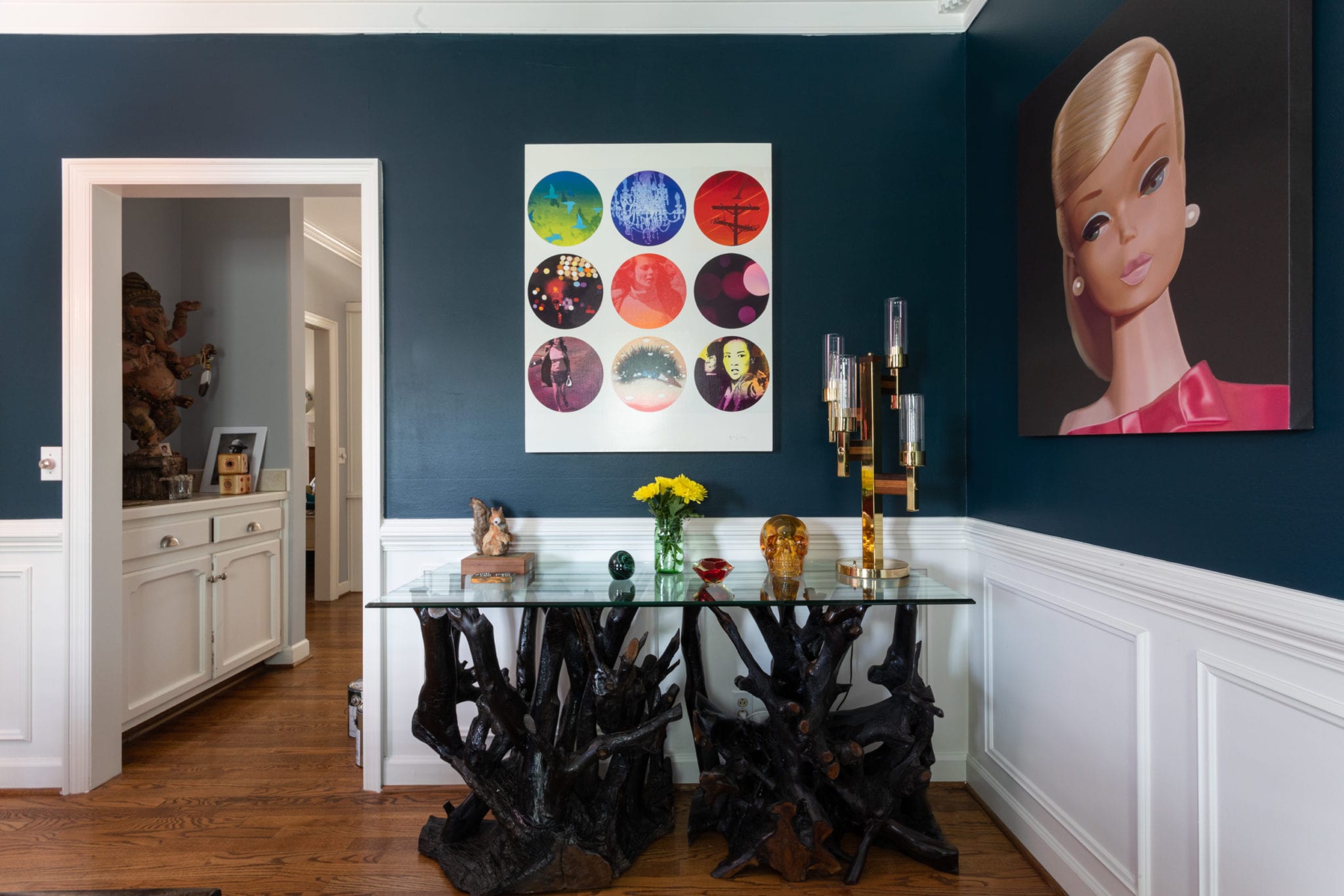
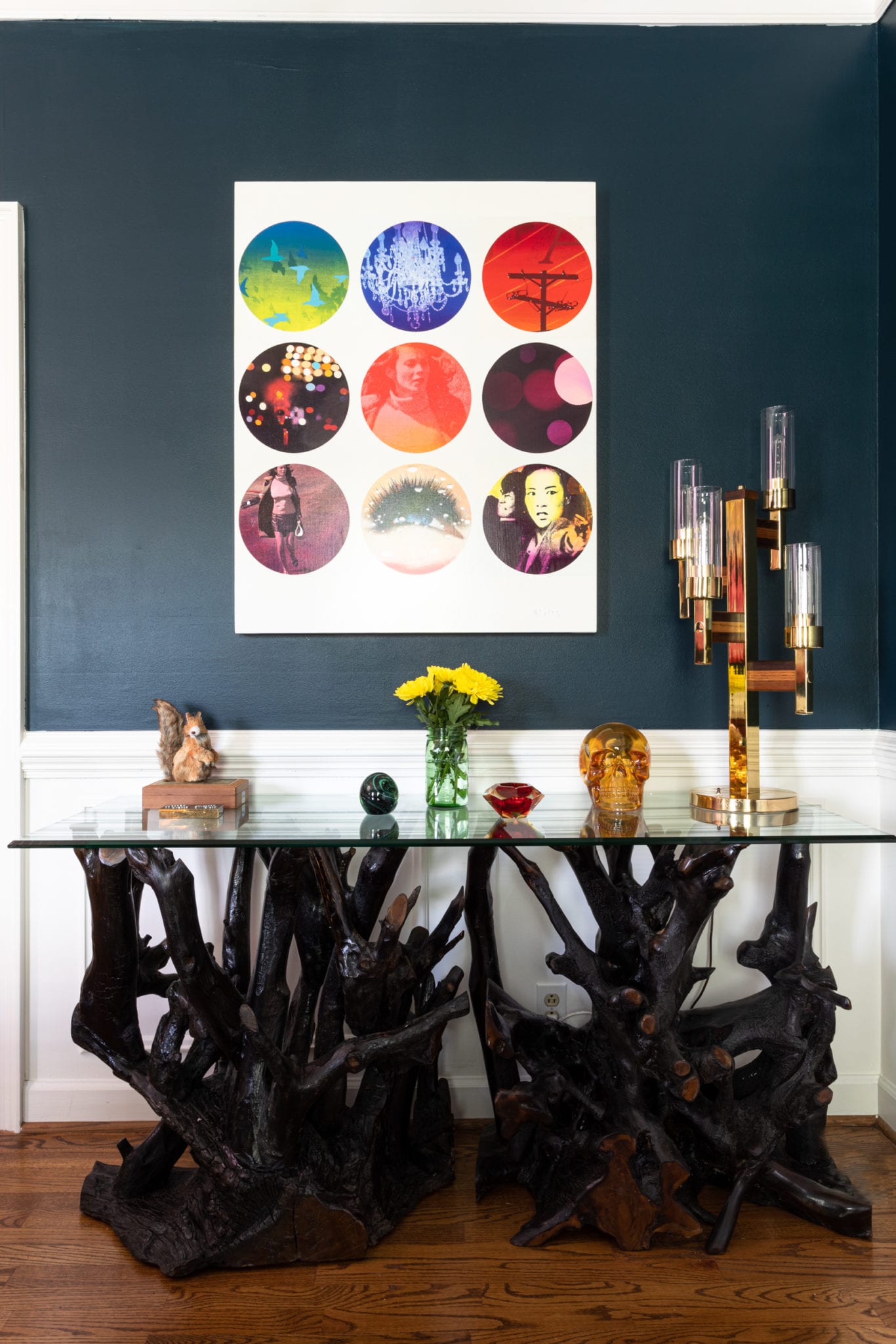
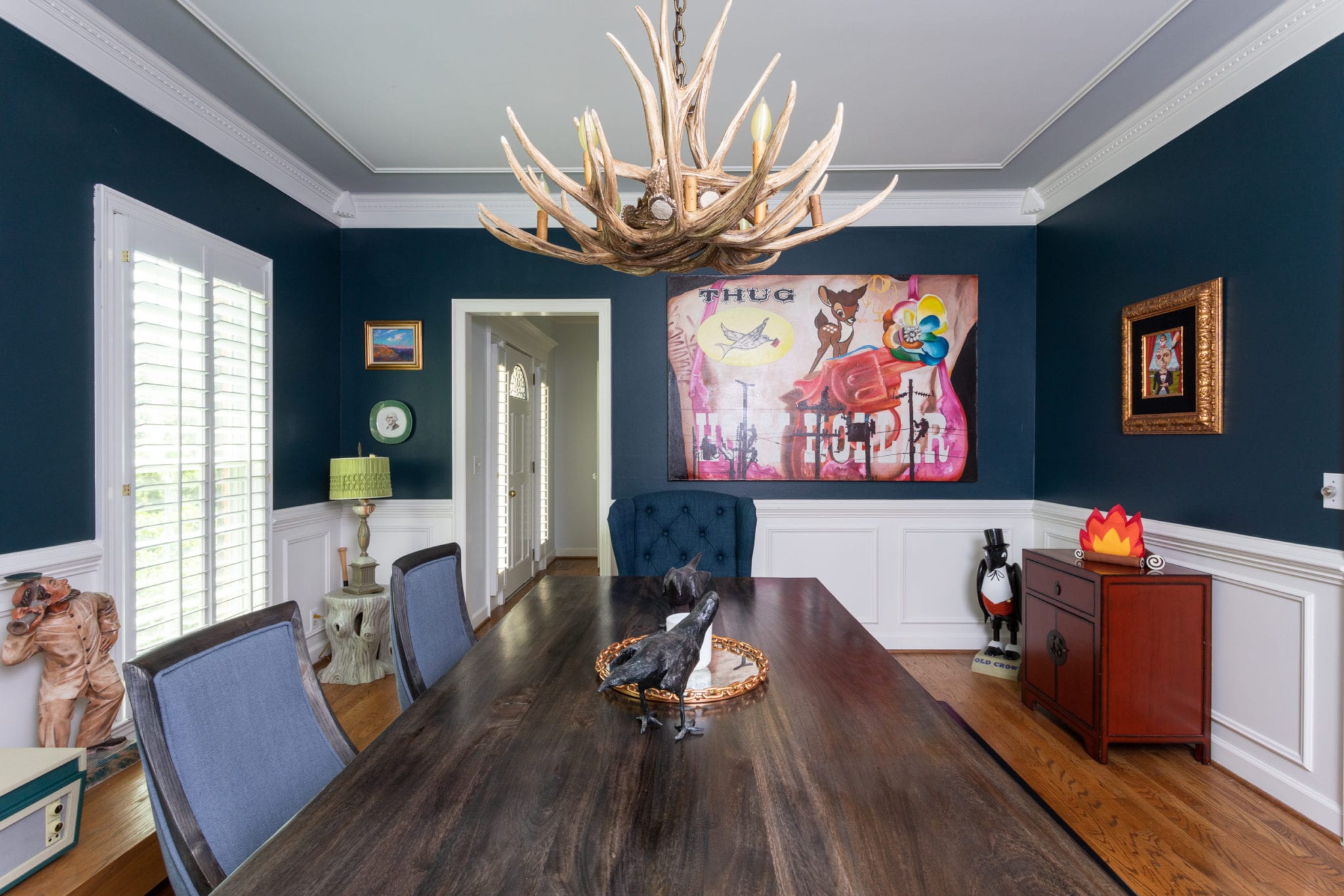
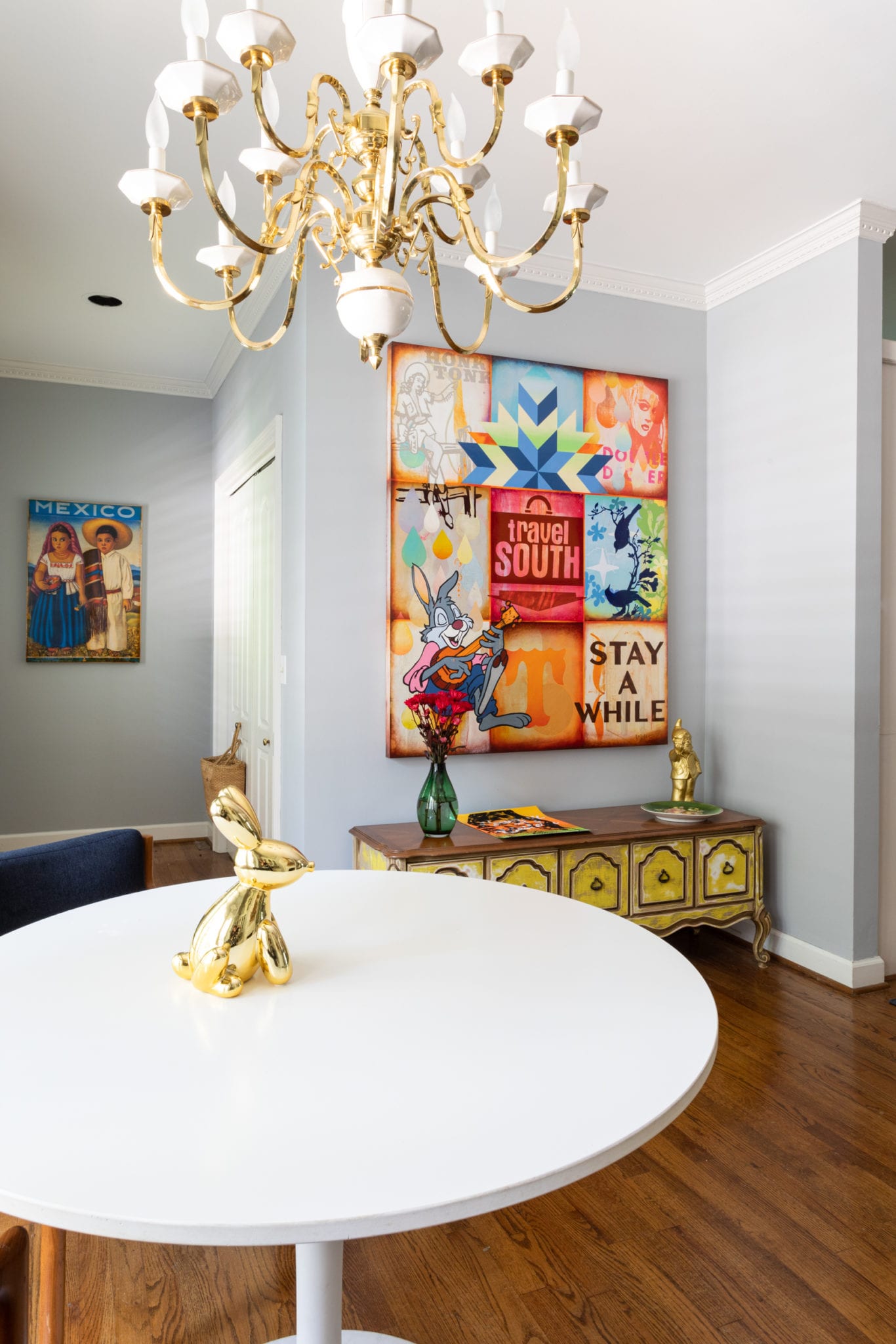
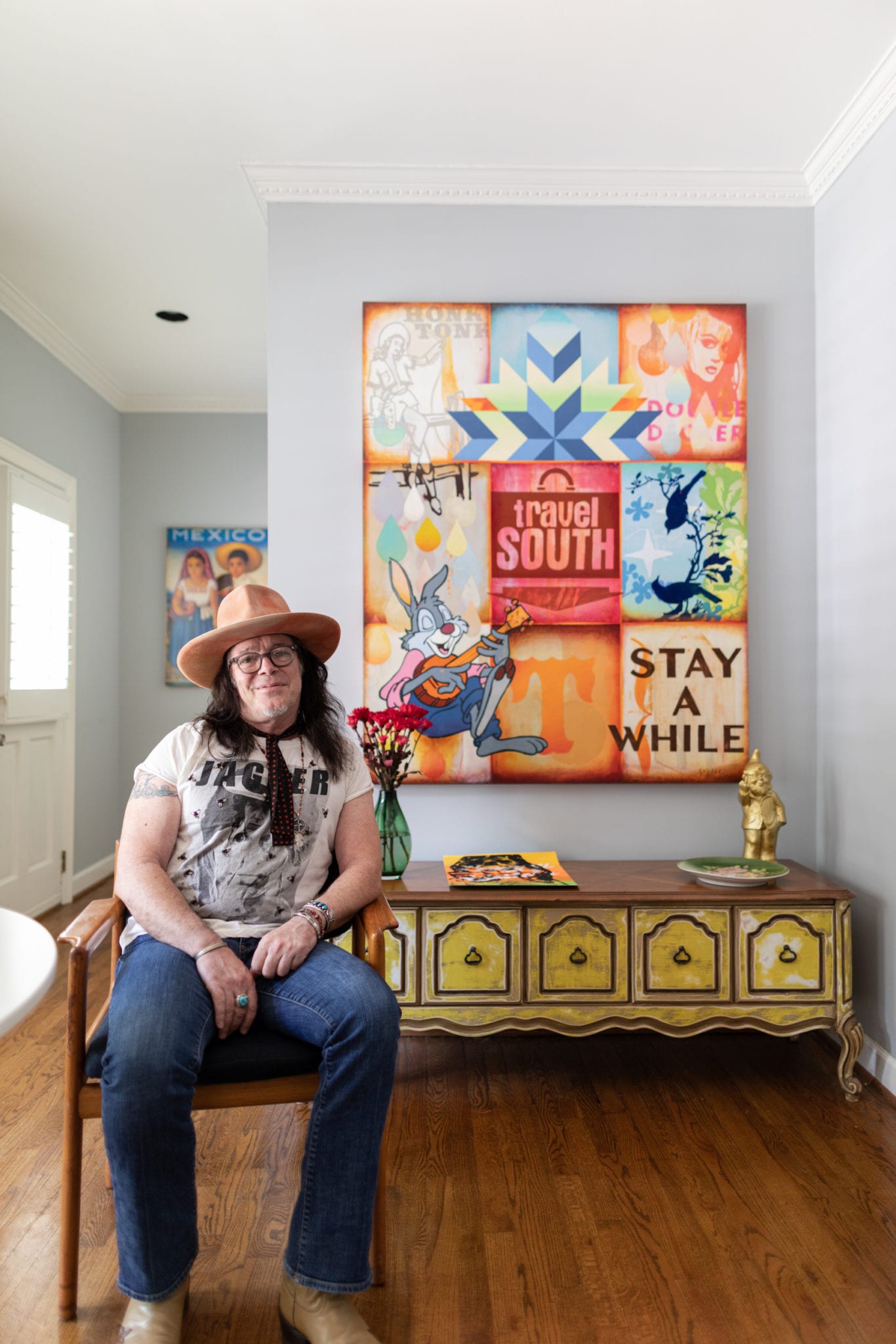
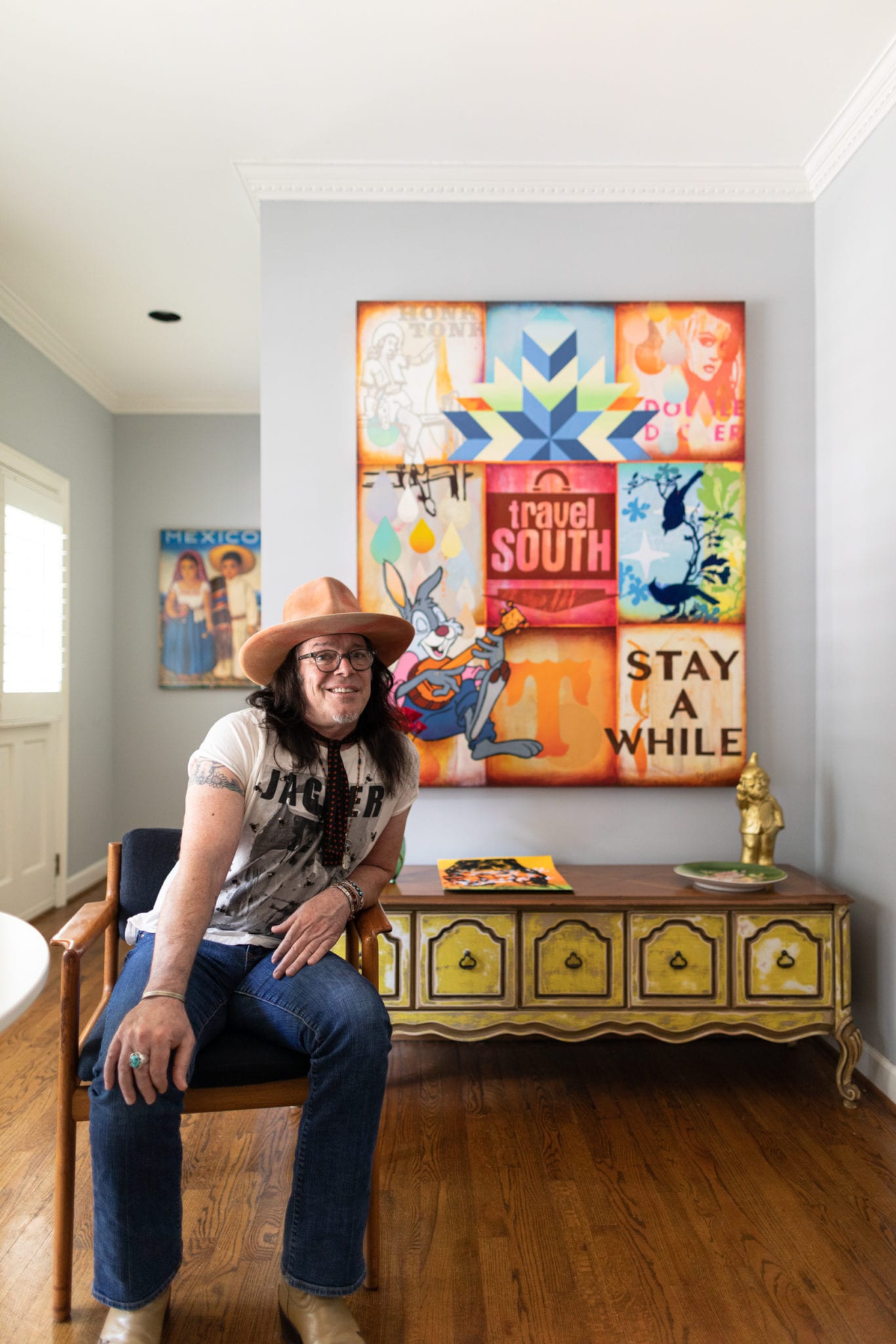



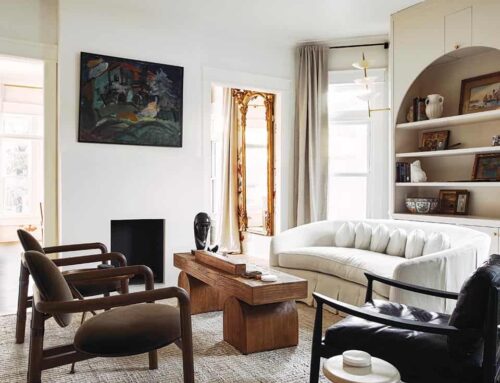
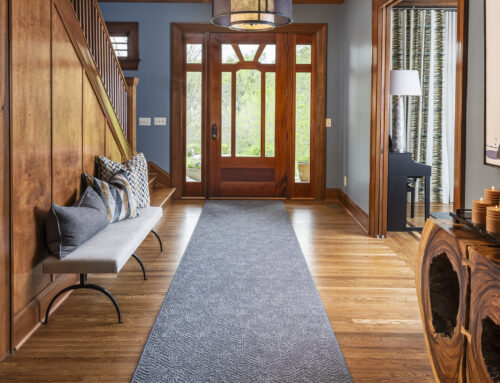
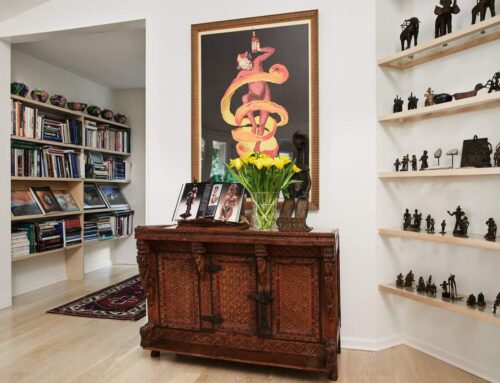

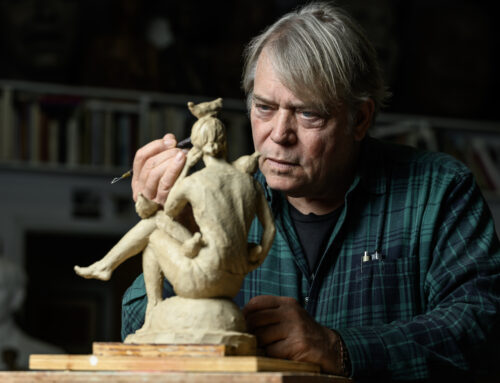
Leave A Comment
You must be logged in to post a comment.